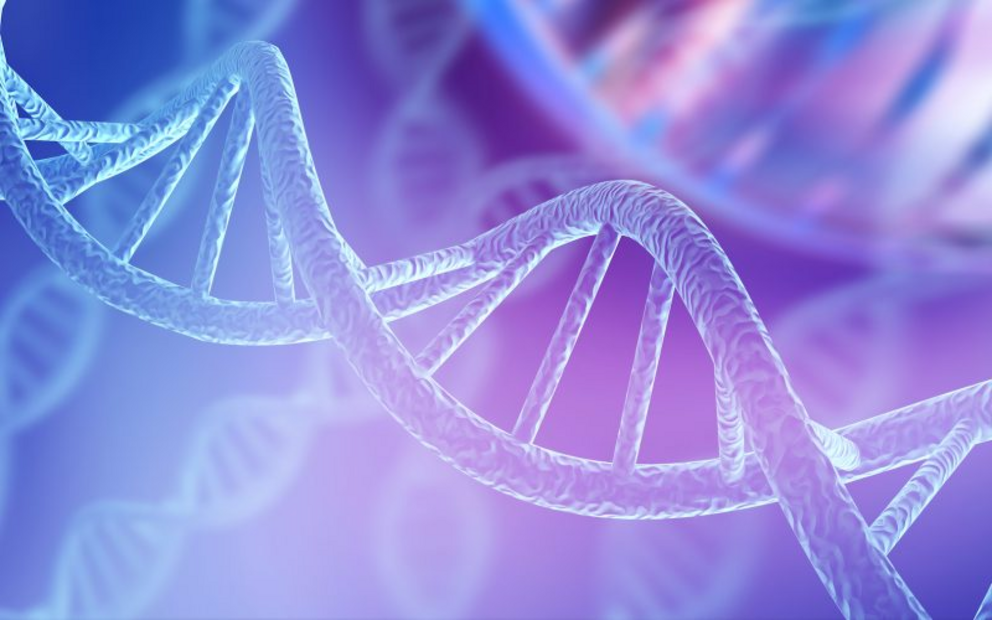Why human DNA might be the product of another intelligence
The reason for my fascination with DNA as software is that its origin is an anomaly without a credible explanation when viewed in the context of modern technology.
Up until now, a humans only direct experience of mind was through the human mind – and it was entirely based on personal experience and indirectly through communication we sometimes seem to share from our anecdotal mental experiences or those of others.
But they are always of human mind.
There was no way to entertain the idea of directly knowing a mind other than one’s own – the “one” with all of the stories tied to one’s “identity.”
But now that we have been able to discern the logic of DNA because of software- we can truly see it for what it must be – the product of another intelligence.
There is only one programming language whose origin we do not know—and that is DNA.
How is DNA an “organic” programming language; geneticist Juan Enriquez’s TED video informs us that DNA behaves in exactly the same way as our own “floppy disks” and computer software.
The A, C, T and G symbols represented in in sequencing stand for chemicals, so the “calculations” or “instructions” are biochemical and not in a silicon chip as with our computers, but the principle is identical.
Now with the new CRISPR editing technology not only can we copy and paste genetic code – we can do search and replace.
It is interesting to note that before his death, Michael Crichton – the brilliant author of Jurassic Park and Westworld, cautioned against the dangers of corporations patenting genes – or DNA code.
Imagine a company coming up with a DNA sequence to stop Alzheimer’s or Parkinson’s but you would need to pay them royalties?
Like programs with which we are familiar – Google, Apple, Microsoft and so on, any (encoded) program must have a Mental basis or it could not be decoded.
And in the case of DNA now with CRISPR – edited and reprogrammed.
To have a meaning that can be discerned it must be of mind. By definition a random pattern is meaningless. Any meaning is the obvious product of some mental intention.
By discovering the program of A, C, T and G behind DNA we have exposed it as “mind created” stuff – all other software with which we are familiar is intentional and based on a logical system – and could not have arisen by aaccident.
In sequencing DNA we have encountered a different mental product from our own, and we are now working with it – but what about the implications?
First of all – for our very notion of what mind represents – can we truly know that our own mental experience is “personal” – and based on our own “identity” – or is it just as likely that what we experience as mind is not tied to our “personal” brains but is in fact ubiquitous or at a minimum a hidden aspect of Nature itself?
In computer terms – a property or a feature? And that our individual identities that are tied to bundles of thoughts as memories are as many eastern traditions suggest – an illusion?
So where could a scientific search for Mind go?
First it would acknowledge and recognize that DNA is an organic programming language.
This means that it must be intentional – the product of an intelligence with a purpose. In the case of DNA that is probably survival and evolution.
Here is an example of the power of our own computer programming and why it cannot be random.
Let’s say you have a PowerPoint slide that you want to post as an image online. You have to save that slide as a JPEG file because the programming language of the browser (HTML) does not recognize a PowerPoint file, but only certain image files including JPEG.
It is that specific and rule-driven. Laws must be obeyed.
Symbols must be arranged in a perfectly logical sequence to convey the proper meaning – with DNA there can be bugs which we call mutations or sometimes serious conditions including cancer.
But the “meaning” of DNA can be decoded – and it is called sequencing.
I delve into the nuts and bolts of software and its meaning in more detail in my recent book, “If DNA Is Software, Who Wrote the Code? – The Profound Significance of Life’s Programming Language.”
I was moved to write the book and also speak on this topic because I came to it with a background in philosophy but also learned a bit of programming when I was a technology consultant. This convinced me that the mental aspect of DNA’s origins was not a metaphor but real, and opened me up to a different view of intelligence and consciousness beyond the conditioned personal beliefs I had had previously.

